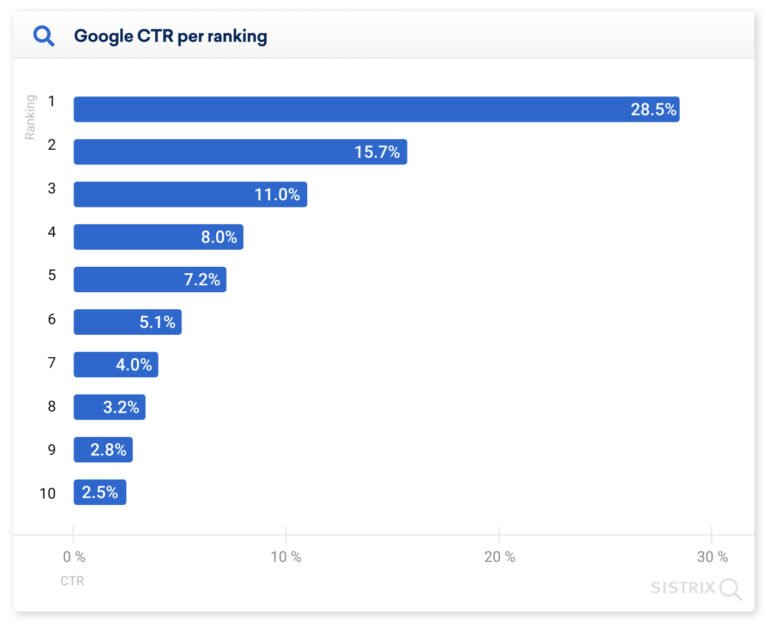It’s hard to fathom the sheer amount of data on the internet. At any moment, billions of users may be browsing social media, searching on Google, and playing their favorite multiplayer games. All of this happens simultaneously in countries all over the world. However, it’s enough to make anyone’s head spin if they truly put it into perspective. The following is a brief overview of some incredible internet and website traffic statistics. Keep in mind that these figures only reflect current trends and are subject to drastic changes over time.
Internet and Website Traffic Statistics
There are over a billion websites on the modern internet. However, only about 200 million (about 17%) of them are currently active. This means that they’re updated regularly and their domain names are currently valid.
A lot happens on the internet in any given period of time. Internet users upload a staggering 24,000 gigabytes of data every second. That’s roughly equivalent to 8.4 billion emails, 5 million songs, or 1 million hours of video content. In fact, by the time you finish reading this post, hundreds of new websites will have come online for the first time. Thousands are created every hour, whether for personal, professional, or commercial use.
Many websites are created using some form of content management system (CMS). These software applications simplify the web design process, allowing users little or no programming knowledge to manage them. The most popular CMS, WordPress, accounts for roughly 37 million (about 45%) of all CMS websites on the internet. Each month, WordPress websites publish millions of new blog posts and visitors read billions of them.
The 3 most-visited websites are Google, YouTube, and Facebook. Google alone receives 13.5 billion visits per month, YouTube gets almost 8 billion, and Facebook comes in at just over 4 billion. Amazon, Apple, Reddit, and Wikipedia also rank among the top 10, and they see about 8.5 billion combined monthly visits. The most popular internet activities in the US are currently messaging, email, social media, and financial services.
More than half of all website traffic
now comes from mobile devices, which is why Google Search recently shifted to
mobile-first indexing. This is likely due to financial restraints and a lack of infrastructure in many emerging digital markets such as India and Africa. It also reflects the growing number of smartphone users, which
surpassed 6 billion in 2021.
Search Engine Traffic Statistics
Search engines help internet users find what they’re looking for online. This explains why Google is the most-visited website today. In fact, Google accounts for over 92% of all worldwide search traffic. This figure climbs to nearly 96% when considering mobile search traffic alone.
In 2016, Google saw at least 2 trillion annual searches on desktop and mobile devices. That’s just over 63,000 searches per second! It’s no surprise that the company nets tens of billions of dollars in ad revenue every single year. This benefits businesses, too, as Google Ads often have an ROI of about 100%.
Most search engine queries use long-tail keywords with low traffic. This means they aren’t simply basic terms like “shoes, “food,” or “news.” Instead, they’re often questions or phrases like “best Italian restaurants” or “how to make gingerbread.” Although, long-tail keywords only make up a tiny fraction (about 3%) of overall search volume. The lion’s share of traffic (roughly 90%) does go to short-tail or head keywords, and about 8% of all search traffic goes to only about 500 keywords. For instance, the 4 most popular search terms (YouTube, Facebook, Amazon, and Google) account for nearly 3% of all search volume. This shows that many users know where they want to go already, but they use Google like a steppingstone to get there.
Most websites (over 90%) get no organic traffic from Google. This is likely because they don’t have any backlinks, they use shady link-building tactics, the website isn’t indexed at all, or their content simply isn’t relevant to most users’ search intent. It pays to be on the first page, though, as the first search result often receives nearly 30% of all traffic for the given keyword. The second and third placements tend to receive about 15% and 11% of traffic, respectively (see Search Engine Journal's graph below).
Social Media Website Statistics
A lot of website traffic goes to various social media networks. Facebook, Twitter, LinkedIn, Instagram, and YouTube are among the most popular. These platforms often see billions of active users each and every month.
Facebook is still the most popular social media network, by far. Its users share nearly 5 billion updates, like more than 4 billion posts, and watch over 1 billion videos per day. Also, Twitter users tweet thousands of times every second, LinkedIn users conduct billions of searches per year, and Instagram posts get billions of likes each day. Moreover, YouTube sees over a billion unique user visits per month.
These website traffic statistics are why we recommend that all companies maintain a presence on at least one major social media platform. Facebook is a great place to get started, especially for small businesses. Organic social media posts can enhance credibility, improve engagement, boost brand visibility, and drive traffic directly to a company website.
The Internet Is Here to Stay
Internet and website traffic statistics could easily fill a dense textbook. This list is merely a glimpse into this global phenomenon. Regardless, digital platforms like websites, search engines, and social media offer all companies plenty of avenues for effective marketing. If your brand could use a digital tune-up, then feel free to contact us for some professional assistance. We’ve helped dozens of small businesses improve their online presence, and we’d be honored to partner with you.
Latest Posts




